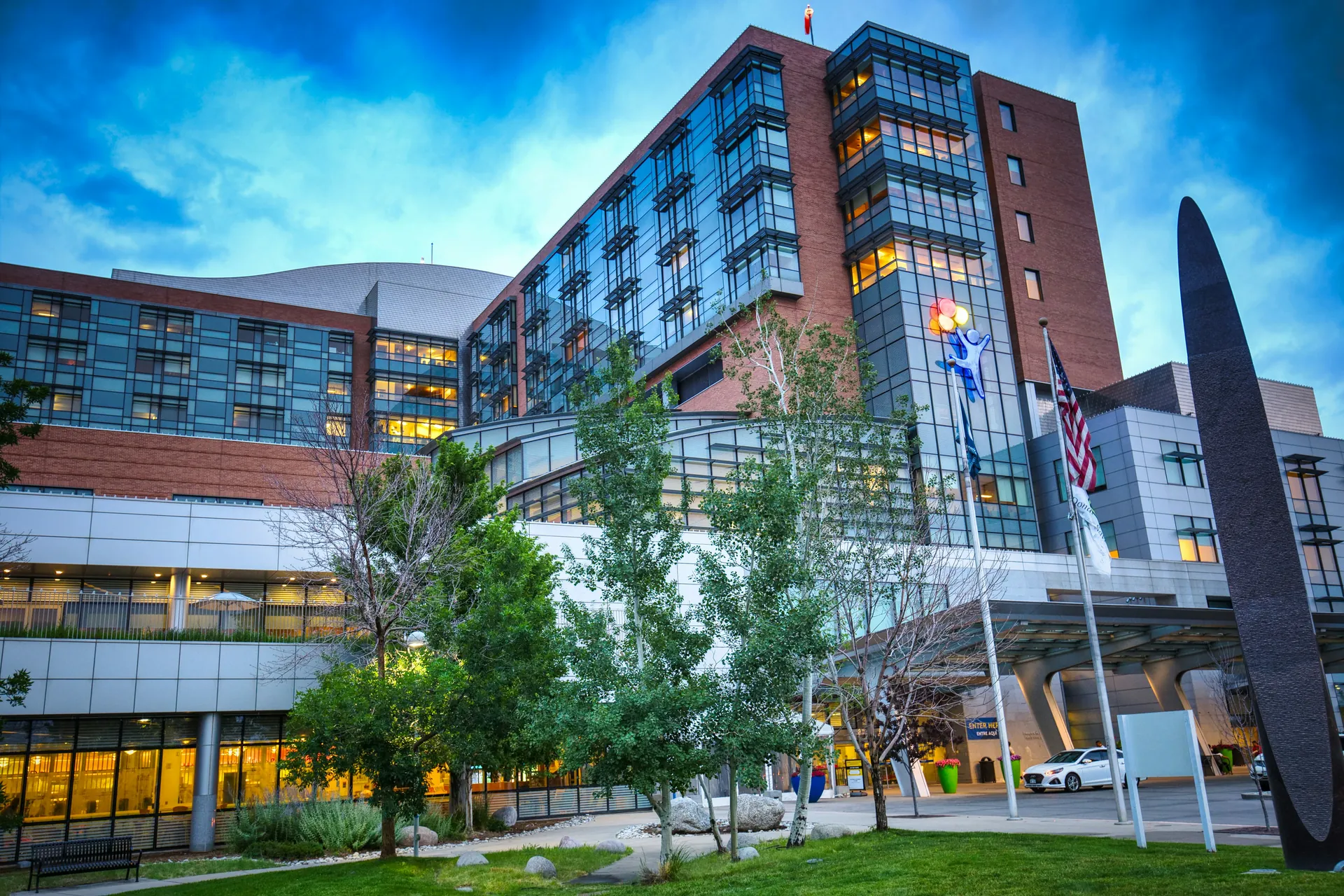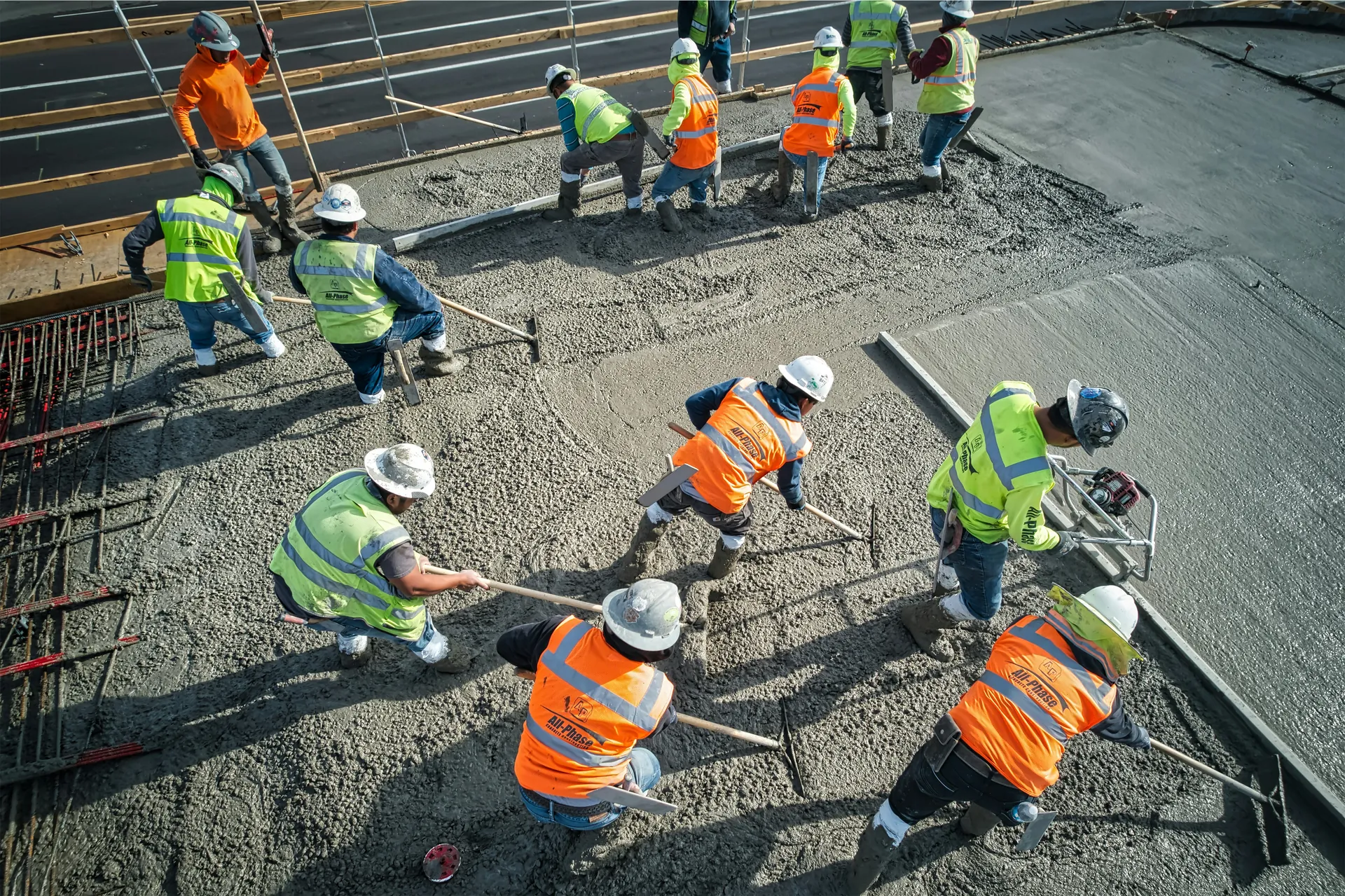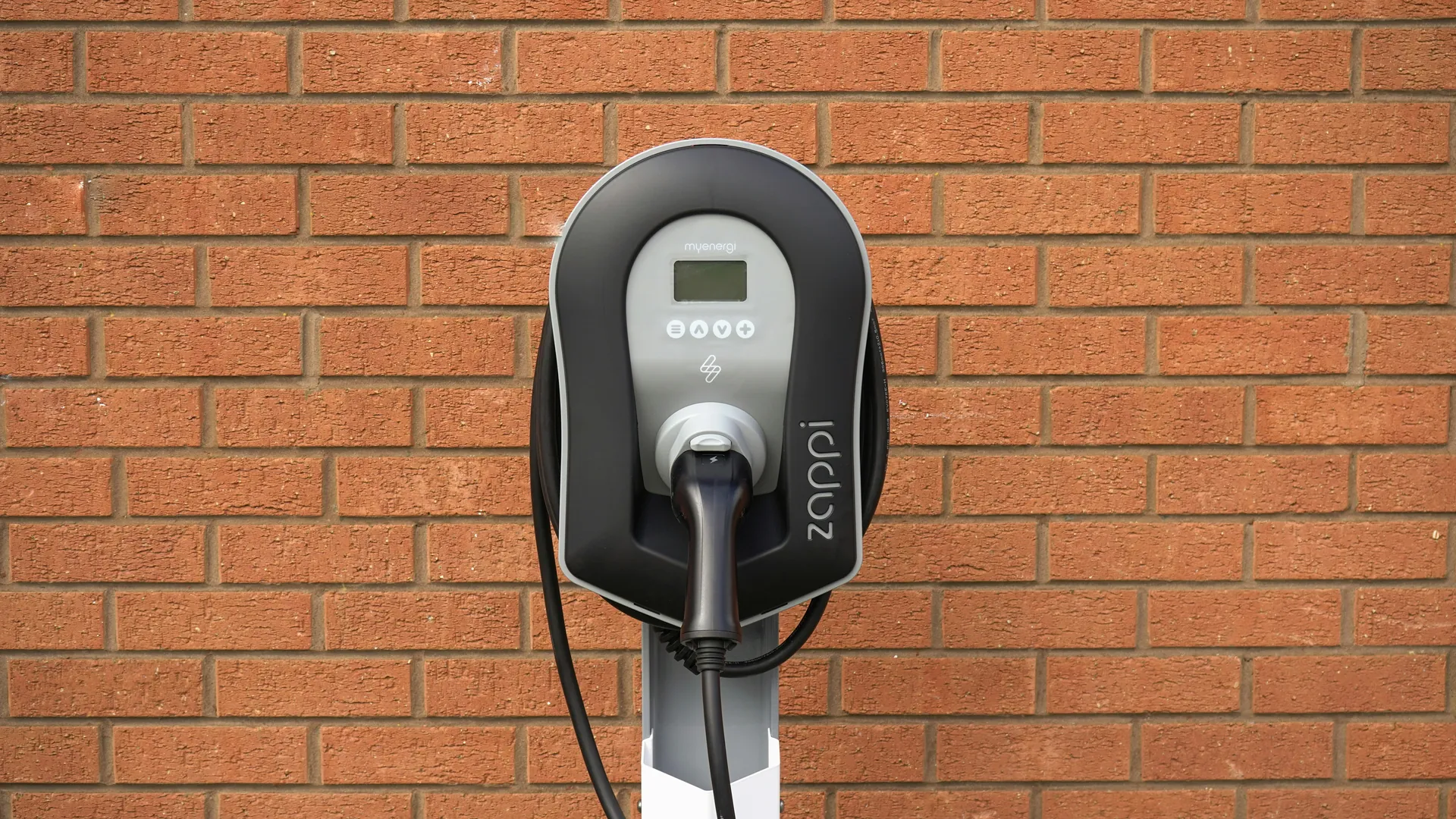Aurora, CO, known for its vibrant community and forward-thinking approach, leads in innovative transportation solutions. As we move towards sustainable and efficient transport, Aurora leverages cutting-edge technologies to revolutionize its transportation scene.
The city's innovation drive includes partnerships with companies like Plasmatreat, using plasma technology not directly related to transport but pivotal for enhancing transportation materials' durability and efficiency through innovative surface treatment.
This article explores Aurora's bold steps towards a futuristic transport system, including autonomous vehicles, improved public transit, and green initiatives. By adopting Openair-Plasma® technology and sustainable logistics, Aurora is redefining transportation innovation standards.
Aurora's journey underscores the critical role of technology and sustainable practices in developing a more efficient, eco-friendly transport system, serving as a blueprint for other cities aiming for a sustainable, connected future.
The Rise of Autonomous Vehicles in Aurora
Partnership with Autonomous Tech Companies
Aurora's progress in the field of autonomous vehicle technology is significantly enhanced through strategic partnerships with leading industry players. A notable collaboration involves Aurora, Continental, and NVIDIA, aiming to deploy driverless trucks at a large scale. This partnership utilizes NVIDIA's advanced DRIVE Thor system-on-a-chip (SoC) and Continental's expertise in creating reliable, cost-efficient hardware.
This effort ensures that the Aurora Driver, an SAE Level 4 autonomous driving system, is outfitted with cutting-edge technology to navigate complex road scenarios safely and efficiently.
Another pivotal partnership is with PACCAR, integrating Aurora's autonomous technology into PACCAR’s Peterbilt and Kenworth trucks. This global strategic agreement is dedicated to the development, testing, and commercialization of autonomous trucks, marrying PACCAR’s engineering and manufacturing prowess with Aurora’s leading self-driving technology.
Such collaboration boosts the safety and operational efficiency for PACCAR’s clients, establishing a new benchmark in the autonomous freight industry.
Pilot Projects and Initial Outcomes
Aurora has actively participated in pilot projects to refine its autonomous driving system. A standout instance is the deployment of autonomous Peterbilt trucks, featuring the Aurora Driver, on routes between Dallas and Houston. These trials have showcased the system's predictability and courteous behavior in intricate scenarios, including navigating off- and on-ramps and frontage roads.
The triumphs of these pilot projects have been essential in validating the Aurora Driver for public road usage and in garnering trust among regulators and the public.
Moreover, these projects have underscored the robustness of the Aurora Driver's perception technology, which combines lidar, radar, and cameras. The FirstLight Lidar, especially, provides visibility up to 400 meters, facilitating quicker response times and safer motion planning.
The initial results are encouraging, with plans to initiate commercial driverless trucking services in Texas by April 2025.
Community Impact and Future Plans
The advent of autonomous vehicles in Aurora is anticipated to bring significant benefits to the community, particularly in enhancing safety and efficiency. By diminishing reliance on human drivers, autonomous trucks aim to reduce the incidence of accidents due to fatigue or errors.
Furthermore, autonomous vehicles promise to optimize routes and cut transit times, leading to heightened efficiency and reduced operational costs for carriers and fleet owners.
Looking forward, Aurora intends to extend its autonomous trucking services beyond Texas, eyeing the long-haul trucking sector for its vast market potential. The company is dedicated to providing safe and dependable driverless trucks at scale, poised to revolutionize the logistics and transportation industry. With Aurora's continued innovation and technology refinement, the future of transportation is shifting towards greater autonomy, positioning Aurora as a leader in this transformative era.
Enhanced Public Transit Systems
Modernization of Bus and Light Rail Services
Aurora is in the midst of a significant modernization of its public transit systems, with a focus on bus and light rail services. A standout initiative is the East Colfax Avenue Bus Rapid Transit (BRT) project, which introduces a center-running BRT service stretching from Broadway to Yosemite. This project is set to revolutionize the area with dedicated transit lanes and upgraded transit stations.
The BRT aims to cut transit travel times by 15 to 30 minutes, offering more affordable and reliable access to over 250,000 jobs and community services along the corridor. It also emphasizes improvements to pedestrian and bike connections, alongside placemaking efforts to beautify the streetscape.
Furthermore, the city is expanding its light rail network via the RTD FasTracks program. The Aurora Line/I-225 Rail, spanning 10.5 miles, will link key hubs such as the Aurora City Center, Anschutz Medical Campus, and Denver International Airport. Featuring 10 stations, this line is poised to bolster economic development and enhance citywide connectivity.
Integration with Tech Platforms for Improved Service Delivery
In its quest for enhanced efficiency and reliability, Aurora is embracing advanced technology within its public transit systems. The adoption of Transit Signal Priority (TSP) marks a significant advancement, especially along major corridors like Havana Street in Aurora.
TSP systems prioritize transit vehicles at traffic signals, minimizing delays and boosting on-time performance. This initiative is part of a larger Conditional TSP system and a Transit Intelligent Transportation System (ITS) Data Warehouse, which acts as a central hub for transit data analysis and informed decision-making.
The city’s ITS Strategic Plan also includes installing access modules at signalized intersections with video detection capabilities, allowing city staff to monitor intersections remotely. This technological integration ensures a more responsive public transit system.
Case Studies: Success Stories from Aurora's Public Transit
The East Colfax Avenue BRT project is a prime example of Aurora's modernized public transit success. With federal funding, including an additional $23 million from the Federal Transit Administration, this project is set to significantly enhance the transit experience along the East Colfax corridor.
Its focus on enhanced stations, improved pedestrian and bike connections, and economic development opportunities has not only garnered community support but is also anticipated to substantially reduce transit travel times.
The RTD FasTracks program, particularly the Aurora Line/I-225 Rail, represents another success story. By connecting essential employment and activity centers, this light rail line is expected to drive economic growth and elevate the quality of life for Aurora's residents. Its integration with other rail services, like the University of Colorado A Line, further amplifies its impact by providing seamless connectivity throughout the Denver metro area.
These initiatives underscore Aurora's dedication to developing a modern, efficient, and sustainable public transit system that caters to the dynamic needs of its expanding community.
Green Transportation Initiatives
Electric Vehicle Infrastructure Expansion
Aurora is at the forefront of expanding its electric vehicle (EV) infrastructure, a critical element of its green transportation initiatives. In collaboration with leading technology companies, the city is pioneering the installation of EV charging stations as part of the Aurora Smart City program. This program is designed to optimize energy use and enhance public services by integrating Internet of Things (IoT) technologies.
In its quest to improve digital connectivity and accessibility, Aurora is making strides in encouraging the adoption of electric vehicles. By making charging stations convenient and accessible, the city motivates residents and businesses to shift towards EVs, thereby reducing dependence on fossil fuels and decreasing carbon emissions. Furthermore, Aurora offers incentives and partnerships to make EVs more affordable and accessible, in line with its ambition to become a leader in urban sustainability.
Bike Sharing Programs and Pedestrian-Friendly Projects
Aurora has introduced innovative bike-sharing programs, providing residents with additional mobility options. It launched Colorado's first dockless bike-sharing permit program, allowing companies like LimeBike, Ofo, and Spin to operate freely within the city. This initiative has seen remarkable success, with over 3,700 trips and 2,000 miles covered in just the first month.
This program not only ensures broad access to bicycles, including for those without smartphones or banking resources, but also promotes affordable and sustainable transportation.
Beyond bike-sharing, Aurora is dedicated to pedestrian-friendly projects. The Connecting Aurora multimodal transportation master plan aims to make walking and biking safer and more convenient by improving pedestrian and bike connections, transit stations, and creating more accessible transportation options for all residents.
Through these initiatives, Aurora seeks to reduce congestion, encourage physical activity, and improve the quality of life for its community.
Impact on Environmental Sustainability and Resident Health
Aurora's green transportation initiatives significantly benefit environmental sustainability and the health of its residents. By supporting electric vehicles, expanding bike-sharing programs, and enhancing pedestrian infrastructure, the city lessens its carbon footprint and reduces air pollution.
These measures not only contribute to a healthier environment by cutting down greenhouse gas emissions and pollutants but also promote physical activity and community engagement. Initiatives like community gardens and urban agriculture not only ensure local food security but also build a sense of community and connection to nature.
Educational workshops on organic gardening, composting, and water-wise techniques provide residents with the skills needed for sustainable living, thereby enhancing their well-being and the health of the community at large.
In conclusion, Aurora's commitment to green transportation is a shining example of how urban development can be both sustainable and beneficial to the well-being of its residents. By leveraging advanced technologies and promoting sustainable transportation options, Aurora is paving the way for a more sustainable and connected future.
Conclusion
Aurora, Colorado, se positionne en tête de la révolution des transports, grâce à des initiatives novatrices et un engagement profond envers l'accessibilité, la durabilité et l'implication communautaire. Le tout premier plan directeur des transports multimodaux de la ville marque une étape importante vers l'intégration de divers moyens de transport, incluant les véhicules autonomes, l'amélioration des systèmes de transport public et des options de transport écologiques.
Le projet imminent de Bus Rapid Transit sur Colfax et l'expansion du programme RTD FasTracks représentent des jalons importants de cette évolution, visant à améliorer la mobilité et à réduire la congestion.
L'accent mis sur l'infrastructure des véhicules électriques, les programmes de partage de vélos et les projets favorables aux piétons souligne l'engagement d'Aurora envers la durabilité environnementale et la santé des résidents. Alors que la ville continue de solliciter l'avis du public et de mettre en œuvre ces plans, il est évident que l'avenir des transports à Aurora sera plus sûr, plus efficace et plus durable.
Nous encourageons tous les résidents et parties prenantes à participer aux opportunités d'engagement communautaire en cours et à fournir leurs retours pour façonner l'avenir du système de transport d'Aurora. Ensemble, nous pouvons développer un réseau de transport accessible, fiable et respectueux de l'environnement, établissant une nouvelle norme pour le développement urbain et la qualité de vie.
FAQ
Comment le système de transport innovant d'Aurora Co utilise-t-il la technologie de lévitation magnétique pour réduire la friction et augmenter la vitesse?
Le système de transport d'Aurora Co n'adopte pas la technologie de lévitation magnétique. À la place, Aurora se focalise sur l'avancement de systèmes de conduite autonome pour camions, collaborant avec des partenaires tels que Continental AG pour intégrer des éléments clés comme des capteurs, des unités de contrôle automatisé, et des ordinateurs de haute performance, sans recourir à la lévitation magnétique.
Quels sont les avantages environnementaux du système de transport innovant d'Aurora Co, notamment en termes de réduction des émissions de CO2?
Le système de transport d'Aurora Innovation présente de multiples avantages environnementaux, notamment une augmentation de l'efficacité énergétique jusqu'à 32% par rapport aux méthodes traditionnelles. Cette amélioration contribue à la réduction des émissions de CO2, aidant ainsi le secteur du fret à atteindre les objectifs réglementaires environnementaux et à réduire les coûts d'exploitation.
Comment le système de transport innovant d'Aurora Co assure-t-il la sécurité et la fiabilité des déplacements, notamment en cas d'incidents ou de conditions météorologiques défavorables?
La sécurité et la fiabilité des déplacements sont garanties par Aurora Driver, une combinaison avancée de logiciels et de matériel incluant caméras, radars, lidars et intelligence artificielle, permettant une perception en temps réel de l'environnement. Les camions autonomes d'Aurora assurent le transport de marchandises avec une supervision humaine minimale, renforçant la sécurité. Des tests rigoureux, particulièrement au Texas, confirment la fiabilité de cette technologie face à diverses conditions, y compris météorologiques défavorables.
Quel est le coût de mise en œuvre et de maintenance du système de transport innovant d'Aurora Co par rapport à d'autres méthodes de transport à haute vitesse?
Bien que l'investissement initial dans le système de transport autonome d'Aurora Innovation soit considérable, avec un financement de 420 millions de dollars, il promet des économies substantielles sur le long terme. En effet, Aurora ambitionne de réduire les coûts de transport et d'optimiser les flux logistiques, visant des bénéfices économiques annuels pouvant atteindre 500 milliards de dollars d'ici 2025. En comparaison, les coûts associés aux transports à grande vitesse, tels que les trains, incluent des frais élevés liés aux péages et à l'exploitation.



